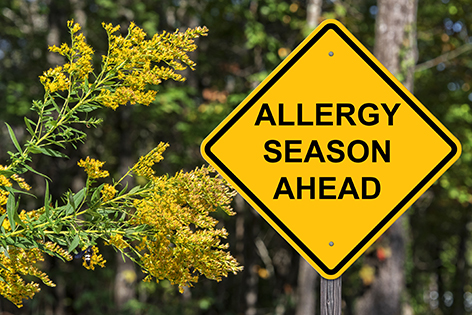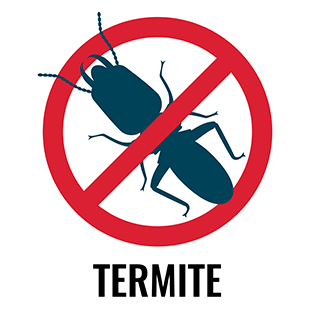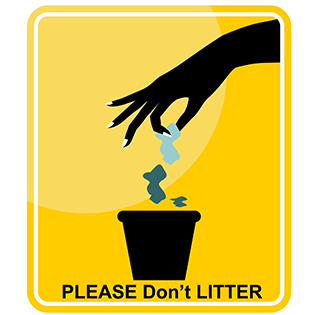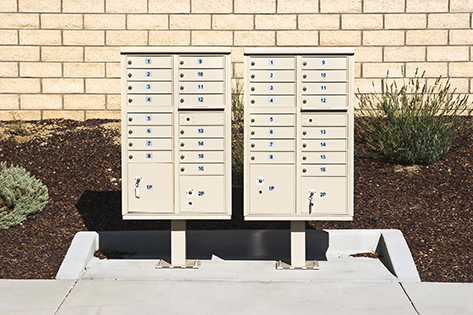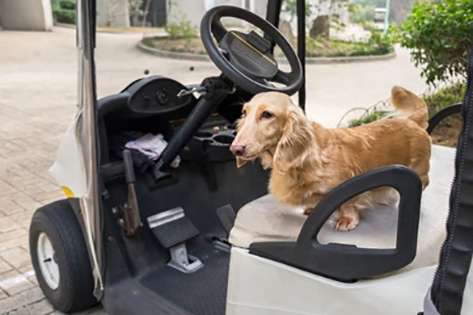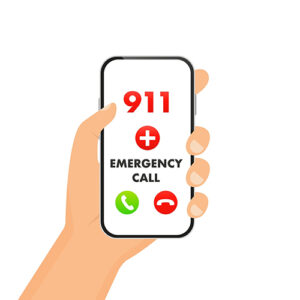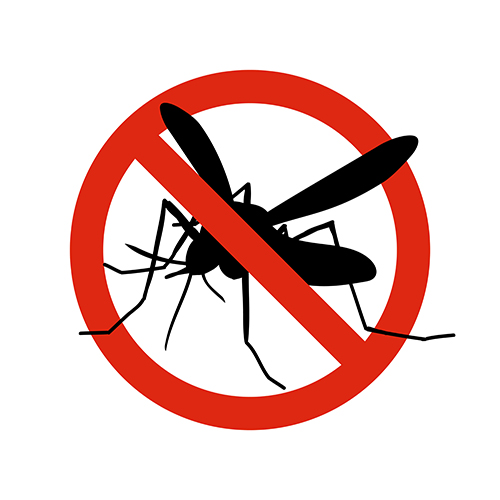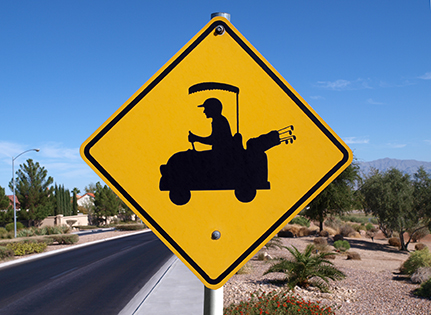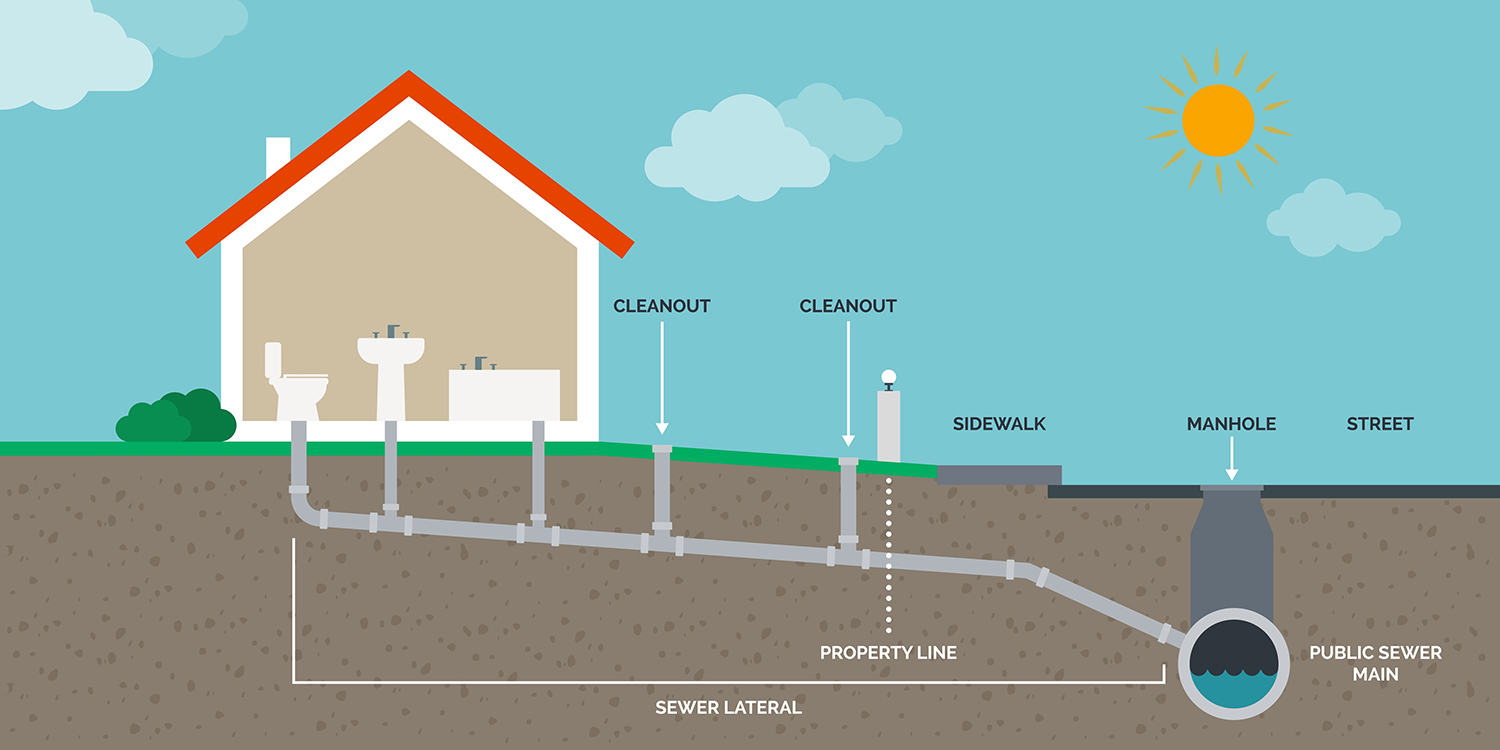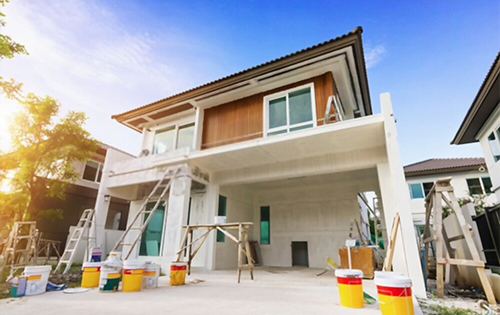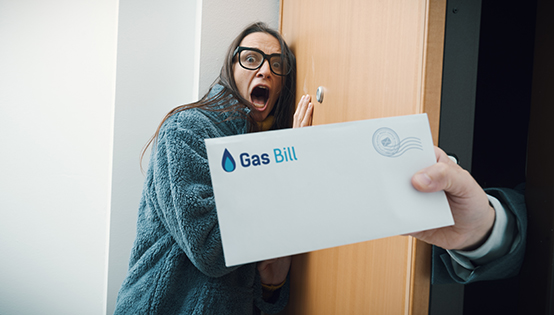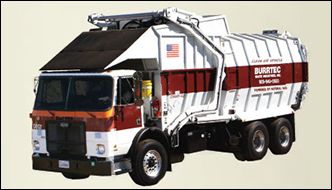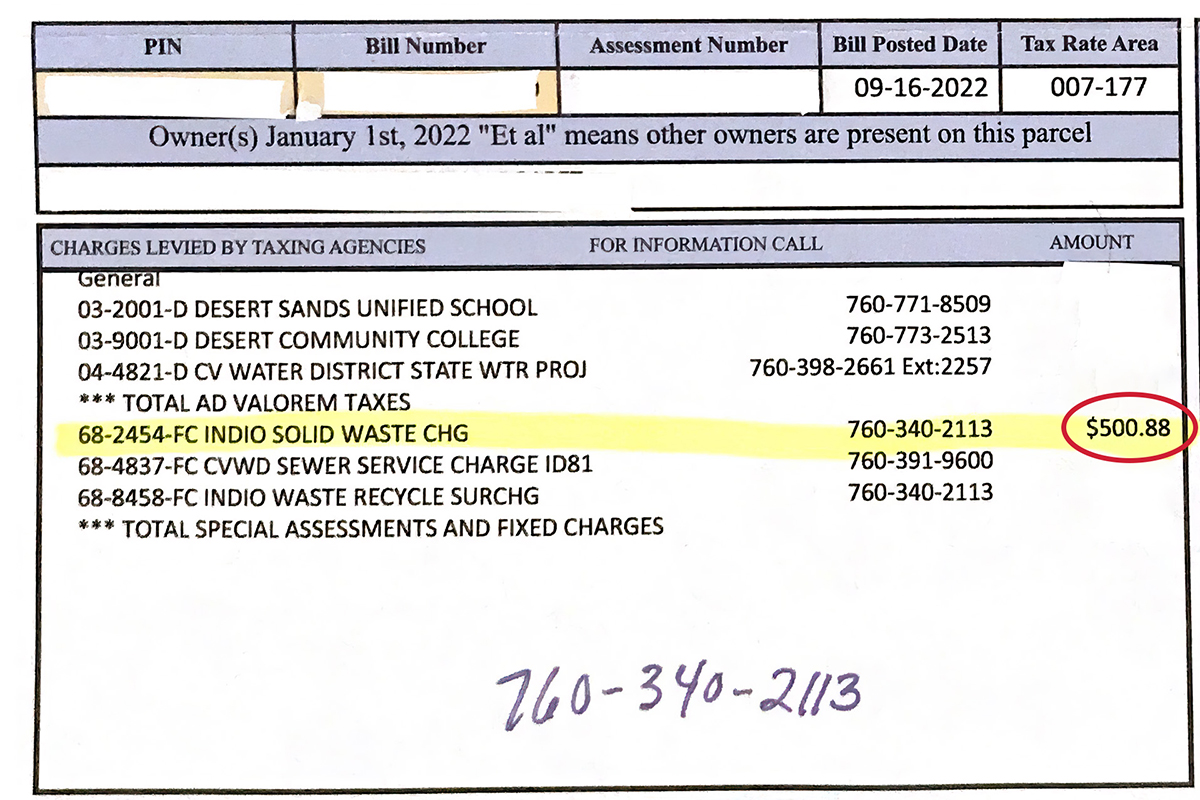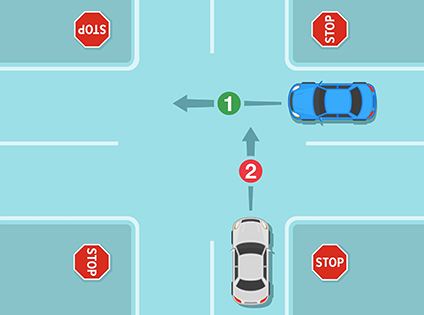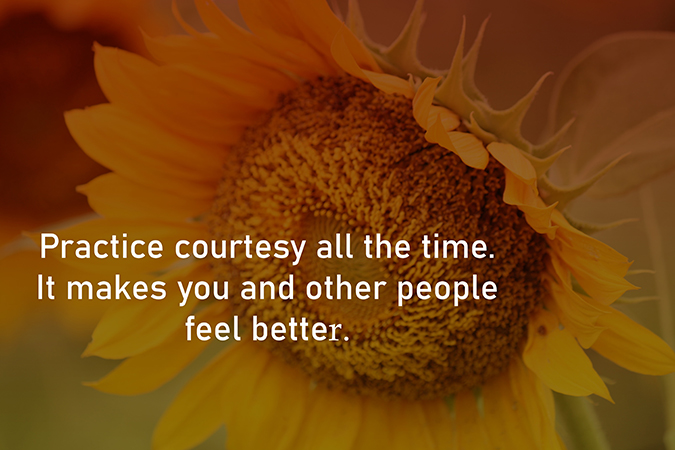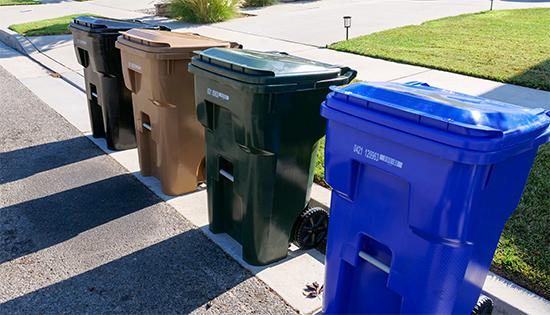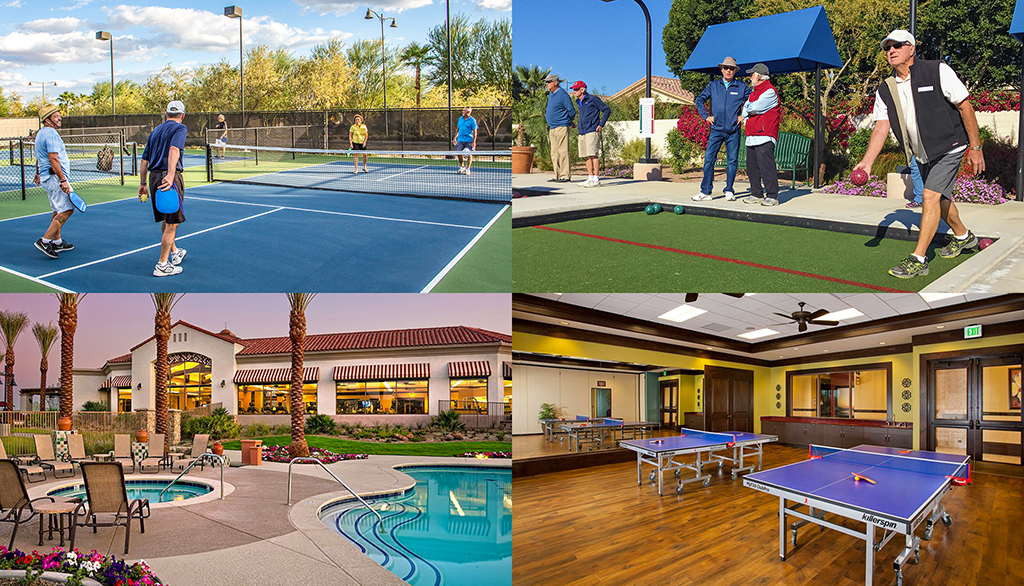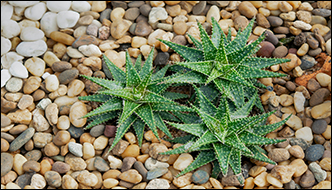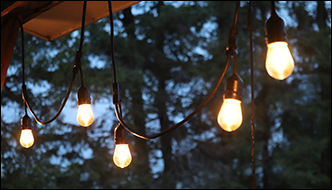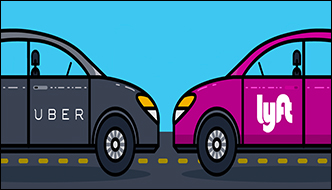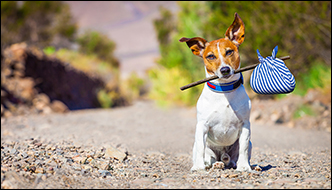
Attention all dog owners! The View will be featuring an article heralding dogs in the August magazine. We would like to include a few photos of SCSH residents and their dogs with the article . . . and possibly a cover shot! Please send a recent picture of yourself and your dog(s) to view@scshca.com by Friday, April 19, for consideration. If your photo is not chosen for the magazine, you can also send it to https://www.scshca.com/residentcorner/submissionform/ for posting on the resident pet owner page on the website.
Below are barking tips to keep your dog cool and safe in our hot summer desert heat!
- Avoid exposing your dog to hot asphalt or sand, which can burn its paws for any prolonged period.
- Walk them at cooler times, like early morning or evening.
- Keep dogs hydrated with cool, fresh water.
- Use cooling coats and collars.
- Provide cooling mats and ice packs.
- Find a shady spot to rest or keep them inside with air-conditioning. Doghouses are not good shelters in the summer because they can trap heat.
- Use a paddling pool.
- Be mindful of your dog’s breed. Brachycephalic dogs (have a short head and snout), such as Bulldogs, Boxers, Japanese Chin, and Pekingese, have an especially hard time in the heat because they do not pant as efficiently as longer-nosed dogs. Keep your brachycephalic dog inside with air-conditioning.
- Make sure your dog’s vaccinations are up-to-date.
- Keep your dog’s coat well-brushed, clean, and free of mats.
- Ask your veterinarian which preventative medication against fleas, ticks, and mosquitoes carrying heartworms will be best for your dog.
- Keep dogs off lawns chemically treated or fertilized for 24 hours (or according to package instructions) and away from toxic plants and flowers.
- Never leave your dog in a closed vehicle on a hot day. The temperature inside a car can reach 100 degrees Fahrenheit in just 20 minutes.
- Keep your dog cool in the car by putting ice packs wrapped in a towel in their crate. Make sure the crate is well-ventilated.
- Put a sunshade on your car windows.
- Be alert to dehydration and heatstroke - If your dog is panting, has dry gums and nose, thick saliva, lethargy, sunken eyes, and loss of elasticity in the skin, they may be dehydrated.
- While traveling, bring along fresh water, a bowl, and a tarp or tent to set up a shady spot when you stop. Keep a spray bottle filled with water to spritz your dog.
Nothing beats canine companionship at home or on vacations. As a responsible dog owner, you can ensure that your summer fun and vacation with your best friend will be enjoyable for both of you.


